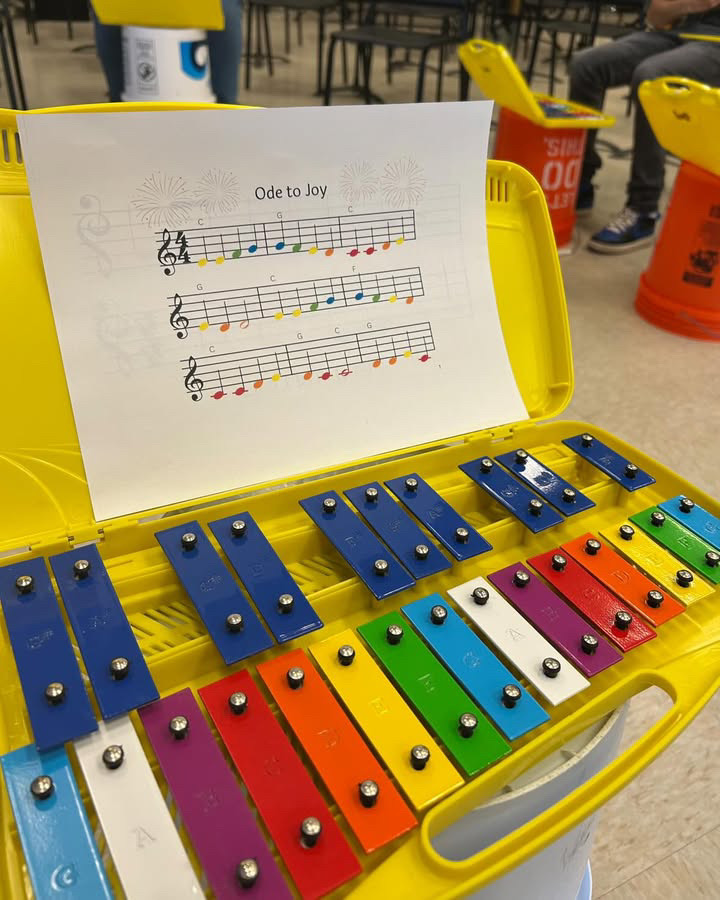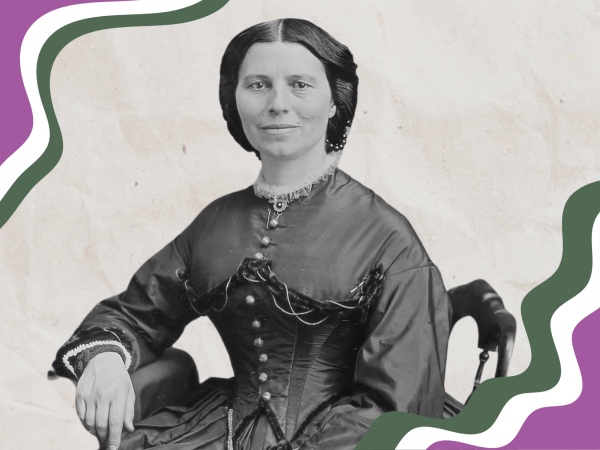MCPS students miss academic targets after year of virtual learning
A recent MCPS report revealed that students experienced significant academic setbacks after a year of virtual learning.
October 26, 2021
After nearly 18 months of virtual learning, MCPS students returned to in-person school less academically prepared than pupils in previous years, according to newly released educational performance data from the 2020-2021 school year.
At a Board of Education meeting on September 23, MCPS officials shared figures from the 2020-2021 Evidence of Learning Framework, a guide from the prior school year that evaluated student readiness to advance to the next grade level. Students could meet the school district’s preparedness standards by achieving a combination of satisfactory course grades, county progress assessment scores and standardized test scores in English and math.
Although the school district relaxed its grading standards in November of 2020 to ease the challenges of virtual learning, the student readiness data revealed that both elementary and secondary school students experienced significant learning setbacks during the pandemic. Literacy readiness rates fell 35.3% for MCPS second grade students and 9.2% for 11th grade students. In math, readiness rates dropped 20.6% and 2.3%, respectively.
“It definitely was shocking,” said Associate Superintendent of Curriculum & Instructional Programs Niki Hazel. “We expected a decline, but the reality of it is always very shocking to see. Many of our students just had a lot of disruptions within their families and homes, and were just trying to deal with all of the social-emotional aspects that went along with being at home for so long.”
The school district’s setbacks, which mirror national trends, reflect reduced instructional time during the coronavirus pandemic. MCPS’ distance learning model cut weekly class time in half for secondary students, forcing educators to reduce the amount of content they taught. An MCPS document outlining pandemic-era instructional standards indicated that some mathematics courses covered as little as 57% of the curriculum and reduced the depth of the remaining content.
The resulting gaps in knowledge left many students feeling behind in their learning.
“I don’t remember anything from Algebra 2,” junior Frances Blank said. “Especially in math, I’m a little bit lost.”
The recent performance data also highlighted educational disparities along racial lines. For Black or African American second grade students, literacy readiness rates fell 3% more than the average decline for the grade, and for Hispanic second graders, the corresponding drop was nearly 11%. Among 11th grade students, the performance decline for Hispanic students was over 5% greater than the grade-level’s average.
The performance gaps also disproportionately affected students eligible for free or reduced-price meals (FARMS). For FARMS students in second grade, the decline in literacy readiness was over 10% greater than the average decrease for the grade.
“Students of color really struggled and were heavily affected by the pandemic,” said Director of PreK-12 Curriculum & Districtwide Programs Dr. Kisha Logan. “Many of our students who were African American or Black, and Hispanic or Latinx, were less likely to transition back to the school building when we went into hybrid last year, and that could have had some effect.”
Black or African American students were the least likely to return to in-person school this past spring, according to results from the December 2020 MCPS Parent Preference survey.
The recent learning setbacks didn’t equally affect all schools. Data posted and later deleted by the MCPS Office of Shared Accountability revealed that overall, 11th grade students at Whitman didn’t experience any declines in literacy readiness during the 2020-2021 school year. Racial disparities were also less severe at Whitman, where nearly 65% of the student body is White. Literacy readiness fell 3.9% among Black or African American students in 11th grade and increased 9.5% for Hispanic students.
At some schools, including Whitman, a number of students worked with private instructors and joined tutoring pods to overcome learning disruptions. However, many other MCPS students lacked these opportunities.
“Students who had access to learning pods, or had parents who were at home to support them and look over their work, had far less learning loss than children who were left to their own devices to try to figure things out,” said LASJ Lead Teacher Sheryl Freedman.
Even before the coronavirus pandemic, students who were struggling academically faced systemic barriers to educational success. A 2019 school district report found that at nearly every MCPS high school, students entering the year with below-proficient academic performance spent more time in classes with inexperienced teachers than other students at their school.
At the September 23 Board meeting, MCPS officials released a six-part plan to address the learning setbacks. The school district is already implementing components of the plan, including individualized tutoring and interventions, school-specific performance plans, professional support and targeted instruction. The school district is using federal COVID-19 relief money to partially fund the programs.
“We have asked schools to identify, based on data, students that we think need additional tutoring with the curriculum, and just additional support,” Hazel said. “Interventions are more intensive, so schools will be not only identifying students to participate, but also teachers and paraeducators that can commit additional time for students. We think that that will really help move students along.”
For many Whitman students and teachers, recovering from last year’s disruptions is still a priority.
“We’re still evaluating where students are and where they ‘should be,’’ Freedman said. “There are definitely differences in what we’re seeing in students. We’re still very much in a reentry stage and are going to need more time for everyone to re-acclimate and see if whatever was lost can be found.”
A previous version of this article stated that for 11th grade students in MCPS, literacy readiness rates dropped 2.3%, and math readiness rates fell 9.2%. In fact, the inverse is true; literacy readiness rates for the grade fell 9.2%, and math readiness rates declined 2.3%. The Black & White regrets the error.












